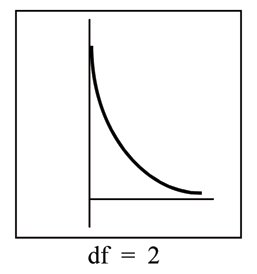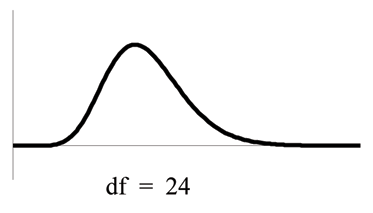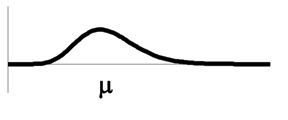| << Chapter < Page | Chapter >> Page > |



In the next sections, you will learn about four different applications of the Chi-Square Distribution. These hypothesis tests arealmost always right-tailed tests. In order to understand why the tests are mostly right-tailed, you will need to look carefully at the actualdefinition of the test statistic. Think about the following while you study the next four sections. If the expected and observed values are"far" apart, then the test statistic will be "large" and we will reject in the right tail. The only way to obtain a test statistic very close tozero, would be if the observed and expected values are very, very close to each other. A left-tailed test could be used to determine if the fit were"too good." A "too good" fit might occur if data had been manipulated or invented. Think about the implications of right-tailed versus left-tailedhypothesis tests as you learn the applications of the Chi-Square Distribution.

Notification Switch
Would you like to follow the 'Collaborative statistics' conversation and receive update notifications?